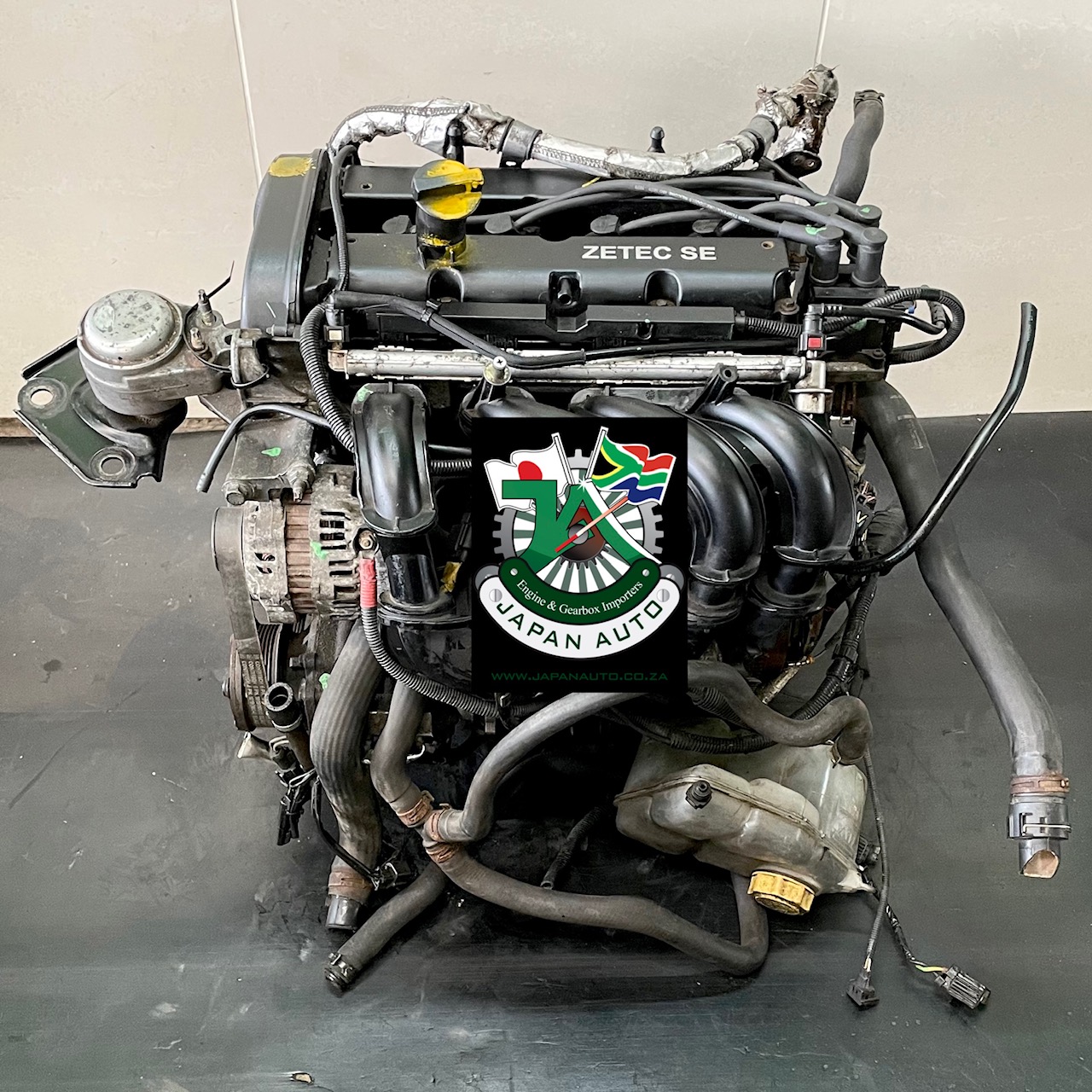Discovering the Advancement of Engines: From Timeless Layouts to Modern Marvels
The advancement of engine innovation represents a considerable story in the history of technology, noted by pivotal innovations that have consistently redefined transport and sector. From the preliminary vapor engines that powered the Industrial Transformation to the introduction of internal combustion engines that changed wheelchair, each stage has actually contributed to greater performance and capacity. Currently, the shift to electrical power signifies not just a technological shift however also a more comprehensive commitment to environmental sustainability. As we examine these turning points, one should consider how the future of engine style may unravel, testing our perceptions of power and effectiveness.
The Birth of Engine Innovation
The advent of engine modern technology marked a pivotal moment in human innovation, changing energy conversion and transport. The earliest engines emerged from the requirement to harness mechanical power for sensible use, leading to the growth of gadgets that transformed numerous power types right into motion (ford fiesta engine).
The growth of the interior burning engine and the development of the vapor engine militarized an extensive change in industrial capacities. These engines not just boosted effectiveness yet likewise broadened the extent of human mobility, allowing unprecedented transport opportunities. The early prototypes prepared for the mechanical world, helping with the increase of industries and improving social frameworks.
As engine designs advanced, they integrated ingenious products and advanced design concepts, leading the method for modern-day advancements - ford fiesta engine. The birth of engine modern technology ignited a relentless quest of effectiveness and power, setting the stage for the vibrant advancement of transportation and commercial machinery that would follow
Vapor Engines and Their Effect

The heavy steam engine's impact was especially evident in the transport sector (ford fiesta engine). Steam-powered engines facilitated the quick activity of products and individuals throughout substantial distances, properly shrinking the geographical obstacles that had actually formerly impeded trade and interaction. Steamships reinvented naval travel, allowing for quicker and more trusted crossings of seas and rivers.
In sector, vapor engines powered factories, allowing mass manufacturing and the rise of city centers as hubs of economic task. Vapor technology cultivated developments in engineering and manufacturing procedures, laying the foundation for future innovations in engine layout.
The Rise of Internal Combustion
Frequently outweighing vapor power, the surge of inner combustion engines marked a transformative shift in transportation and industry throughout the late 19th and very early 20th centuries. The advancement of these engines, characterized by their capacity to melt fuel within the engine itself, allowed better effectiveness and power contrasted to typical heavy steam engines. Introducing inventors such as Nikolaus Otto and Rudolf Diesel played important functions in developing engine designs, bring about extensive adoption in automobiles, boats, and commercial machinery.
The interior burning engine's compact dimension and reasonably lightweight nature helped with the appearance of personal cars, transforming specific mobility and improving metropolitan landscapes. By allowing faster travel and the effective transport of items, these engines catalyzed economic development and cultivated globalization. The flexibility of fuel alternatives, consisting of gas and diesel, further improved their allure, enabling diverse applications across different industries.
Regardless of the environmental problems that would certainly later develop, the first attraction of interior burning innovation stocked its transformative capacity. As society accepted this development, the structure was laid for contemporary transport systems, developing internal burning engines as a keystone of industrial development and life throughout the 20th century.
Improvements in Engine Effectiveness
As internal burning engines came to be essential to transport and industry, the focus shifted in the direction of enhancing their effectiveness to meet growing demands for efficiency and sustainability. Advancements in engine layout, product science, and innovation have actually considerably added to this evolution.
One significant development is the development of turbocharging, which enables for increased air consumption, causing even more total fuel burning and enhanced power outcome without expanding engine dimension. In addition, variable shutoff timing systems have been implemented to enhance engine efficiency across various RPM arrays, thus boosting gas effectiveness.
The application of sophisticated fuel shot technologies, such as straight shot, has actually additionally played a critical duty. This approach enables more specific control over the fuel-air mixture, advertising far better combustion and decreasing discharges. Additionally, light-weight products, including aluminum and more information composite parts, have been embraced to decrease total engine weight, bring about boosted performance.
These innovations show a broader trend within the vehicle industry, where the synergy between engineering advancement and ecological considerations drives the ongoing pursuit for greater effectiveness in inner combustion engines. As a result, modern engines are currently much more powerful, cleaner, and effective than ever in the past, leading the way for an extra sustainable future in transportation.
The Change to Electric Power
With expanding concerns over ecological influence and nonrenewable fuel see this here source dependency, the automobile sector is experiencing a substantial change in the direction of electric power. This transition is driven by a combination of technical advancements, governing pressures, and transforming customer choices. Electric cars (EVs) offer an engaging choice to typical internal burning engines, boasting lowered greenhouse gas emissions and lower operating expense.
The increase of battery technology has actually been a game changer, with lithium-ion batteries becoming a lot more efficient and cost-effective. Enhanced power thickness and faster charging capabilities have actually made EVs more sensible for day-to-day use. Furthermore, governments worldwide are executing rewards and setting ambitious targets for terminating fossil gas automobiles, therefore accelerating the adoption of electrical power.
As charging infrastructure expands and battery innovation continues to boost, the shift to electrical power is poised to reshape the automobile landscape, promoting sustainability and development in the years to come. The future of transport is electric, and the momentum is undeniable.
Final Thought
The development of engine modern technology represents a substantial trajectory of development that has greatly affected transport and market. From the fundamental steam engines to the transformative internal combustion engines, each growth has contributed to enhanced mobility and financial growth.
